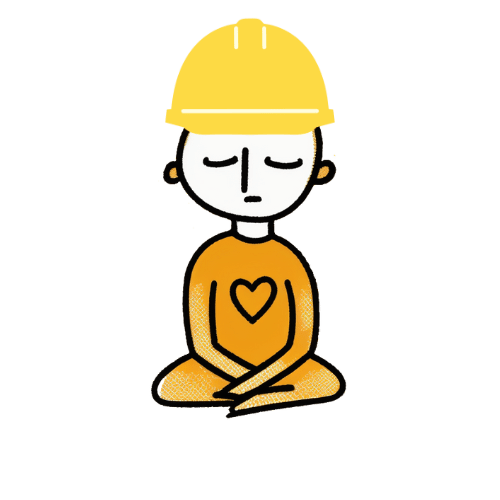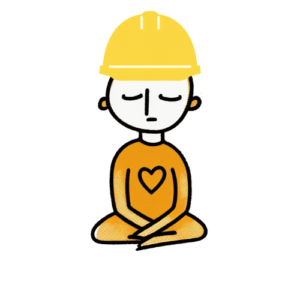What do I really want?
Analytical meditation involves using our intelligence and logic in order to develop a deeper understanding of how our thoughts, emotions and all things and events including ourselves exist.
It has been suggested that at the deepest level, we all share the common wish to be happy and to avoid suffering. And that if an individual has this realisation their pattern of behaviour both toward themselves and towards others will profoundly change for the better.
Rather than accepting or rejecting this thesis based on gut feeling, or because someone we trust says so, we engage in analytical meditation to investigate and reach our own reasoned conclusion, thereby progressing beyond doubt or a correct assumption to a valid cognition and realisation.
In order to effectively assess if it is true that we all share these two rudimentary thoughts, firstly we must identify our own fundamental wishes. This may not be so obvious, once we move beyond the essential items that are required for our survival.
Employing critical thinking within the laboratory of our meditation, we investigate, by asking ourselves the question ‘What do I really want?’ and by way of exploring our own desires, motivations, and perspectives during this meditation, we are able to gain a deeper more heart-felt understanding of ourselves and others.
Assuming that we do want to be happy, and avoid suffering, we investigate if the objects and situations which we strive to attain will indeed give rise to this desired result. For example, perhaps we are experiencing a particularly difficult time in our life, and the new dress or shirt which we see in the shop front seems to exude a quality which is a guaranteed cause for happiness. Again employing critical thinking we investigate, whether it is true that the new item of clothing is a genuine cause for stable happiness, able to pacify those unwanted thoughts and emotions which keep me awake in the middle of the night.
Often we blur the lines between what is true happiness and subtler forms of suffering and thoer respctive causes, by engaging in this type of analysis the meditator begins the process of making the distinction between the two.
Sitting comfortably, let’s try an introductory guided analytical meditation


